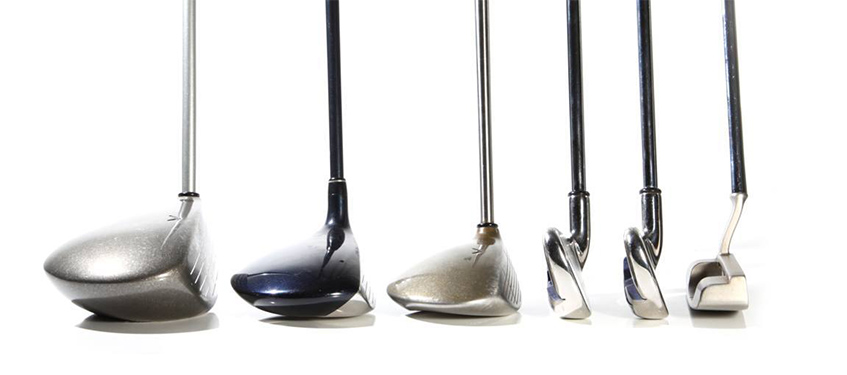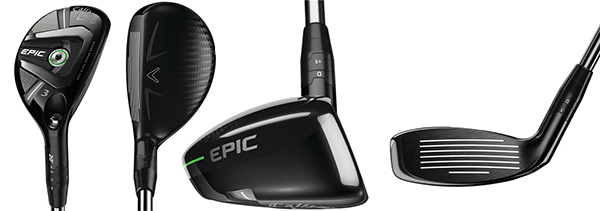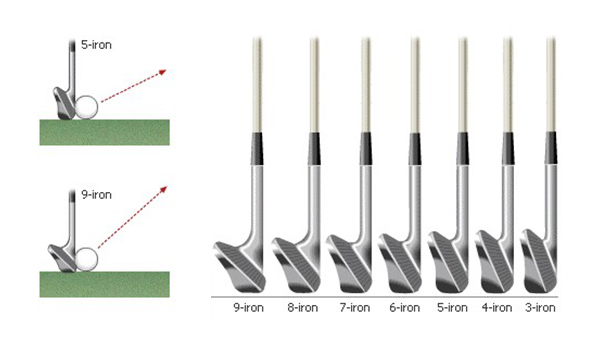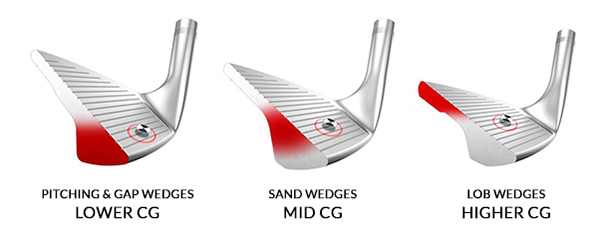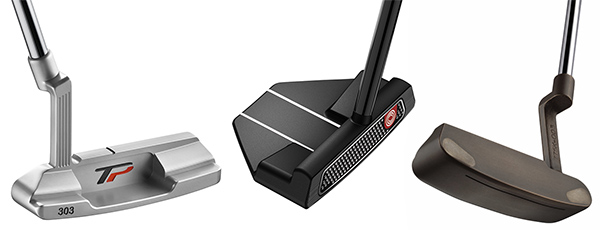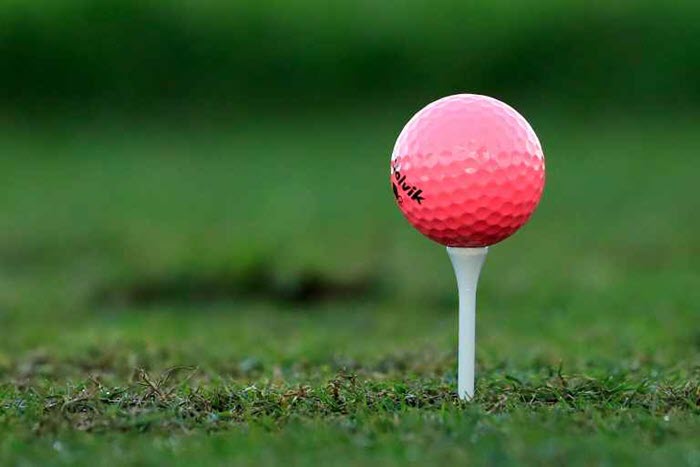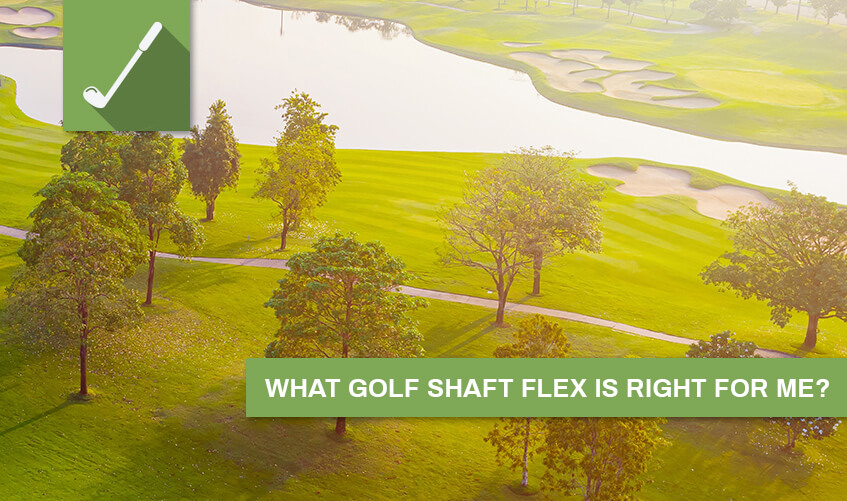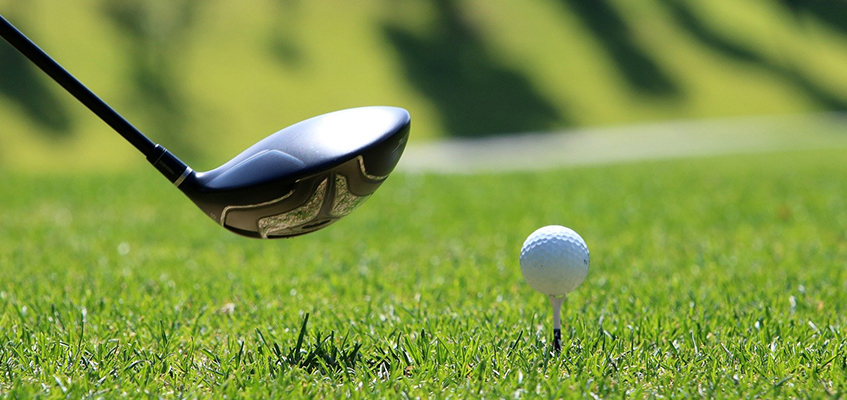What Are the Different Types of Golf Clubs?
Whether you need to buy your first set of clubs or upgrade what you already own, buying clubs for yourself or even for someone else doesn’t have to be tricky. There are game-improving features to consider for each type of club. Since clubs have a direct relation to performance, you’ll want to buy ones that can advance it, especially if you’re buying them as a gift.
Woods
The driver is a scoring club. Therefore, choosing the right one is critical. Graphite shafts work well for beginners and experienced players, but steel is also an option. You’ll most likely want a driver with a large metal clubhead since large clubheads are more forgiving than smaller clubheads. The maximum clubhead size is 460 cc and the club should also have a loft of 10 to 12 degrees. (Loft is the angle at which the clubface lies relative to the shaft.)
Fairway woods include 3, 4, 5, 7, and 9 models – the higher the number, the shorter the club. Fairway woods have smaller clubheads than drivers and lofts ranging from 15 degrees (3-wood) to 26-degrees (9-wood). Most players carry a 3-wood and/or a 5-wood, but if you play a 3-hybrid, you may not need a 5-wood because they hit the ball about the same distance. If a player has trouble hitting the longer club, a substitution of the 4-wood for the 3-wood can also be made.
Hybrids
Hybrids replace long irons in a standard set—usually the 3-iron through the 6-iron. They have shorter shafts than the long irons, making them easier to hit, especially for beginners. Hybrids are also more forgiving and better out of the rough than irons. Their broad curved backs, soft soles, and lighter weight often translate to better swings and are an excellent choice for high and low handicappers.
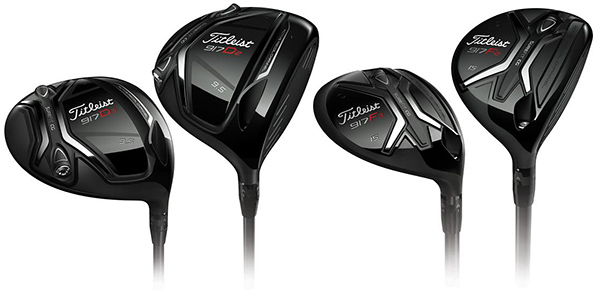
Titleist 917 D2 Driver, 917 D3 Driver, 917 F2 Fairway Wood, and 917 F3 Fairway Wood, image: Titleist.com
Irons
Irons range from a 1-iron to a 9-iron and as with fairway woods, the higher the clubhead number, the shorter the shot. The higher the number, the higher the loft as well. A standard set of clubs comes with 5-7 irons—usually, the 3-iron to the 9-iron but some golfers carry 1- and 2-irons. These clubs take a lot of skill to hit, so they’re not recommended for a standard set of clubs.
Many golfers choose irons with either a muscle-back clubhead design (which distributes the clubhead’s weight evenly across its back) or a cavity-back clubhead design (which distributes the clubhead’s weight around its perimeter.) Clubs with these designs have a larger “sweet spot” and tend to be more forgiving when you strike the ball off-center.
Wedges
Wedges are ideal for approach shots (100 yards and in). Its loft is relative to the distance it produces as the higher the club’s loft, the shorter and higher the shot will be. Bounce angle is also critical when selecting a wedge, which is how much lower the trailing edge of the sole is in relation to the clubface’s leading edge. The design of the bounce angle can impact shots so be sure to consider which one is right for you.
You’ll want to carry in your bag a pitching wedge (46-48 degrees of loft) and a sand wedge (56-58 degrees) as part of your standard set. Sand wedges are designed to be hit from bunkers, but can also be used in the fairway. What’s great about them is that you can use them for a wide variety of shots, and you’ll use them more than any other wedge.
Putters
Putters are known to be the most personal of all clubs. The key features of putters are their design, balance, and material. Design styles include blade putters, which have blade-type putterhead designs; anser putters, which have cavity back putterhead designs; and center-shafted putters, which places the shaft in the middle of the putter head.
There are many different putter designs to choose from. Other choices include mallet putters, which have putter head designs that look somewhat like a croquet mallet. Offset putters, which have the putterface set further from the hole at address than the shaft while onset putters have the putter face set even with the shaft.
The key to buying a putter is matching the player’s stroke to the style of putter, which is hard to do if you’re buying for someone else. An excellent choice, in that case, is a blade-style putter with a shaft length of about 33.5 inches for men and 32 to 32.5 inches for women. If buying for yourself, try testing a few different putter styles to see what one is right for you.
When it comes to buying golf clubs, you can opt for a standard set or hand select every club in your bag. The choice is up to you. As your game grows, you can easily add or subtract clubs. When buying clubs as a gift, steer towards a standard set or a gift certificate. That way you’ll fill their need while making the selection process easy on you.

